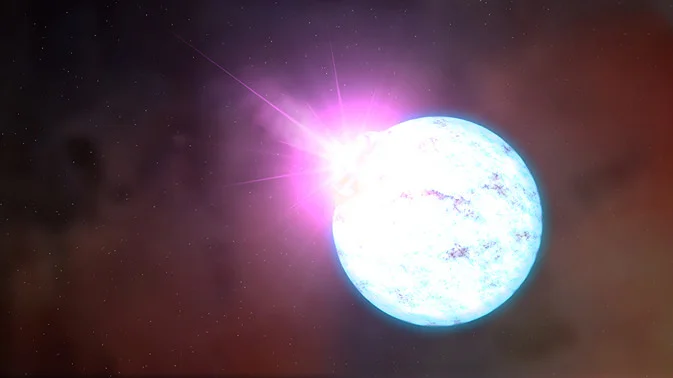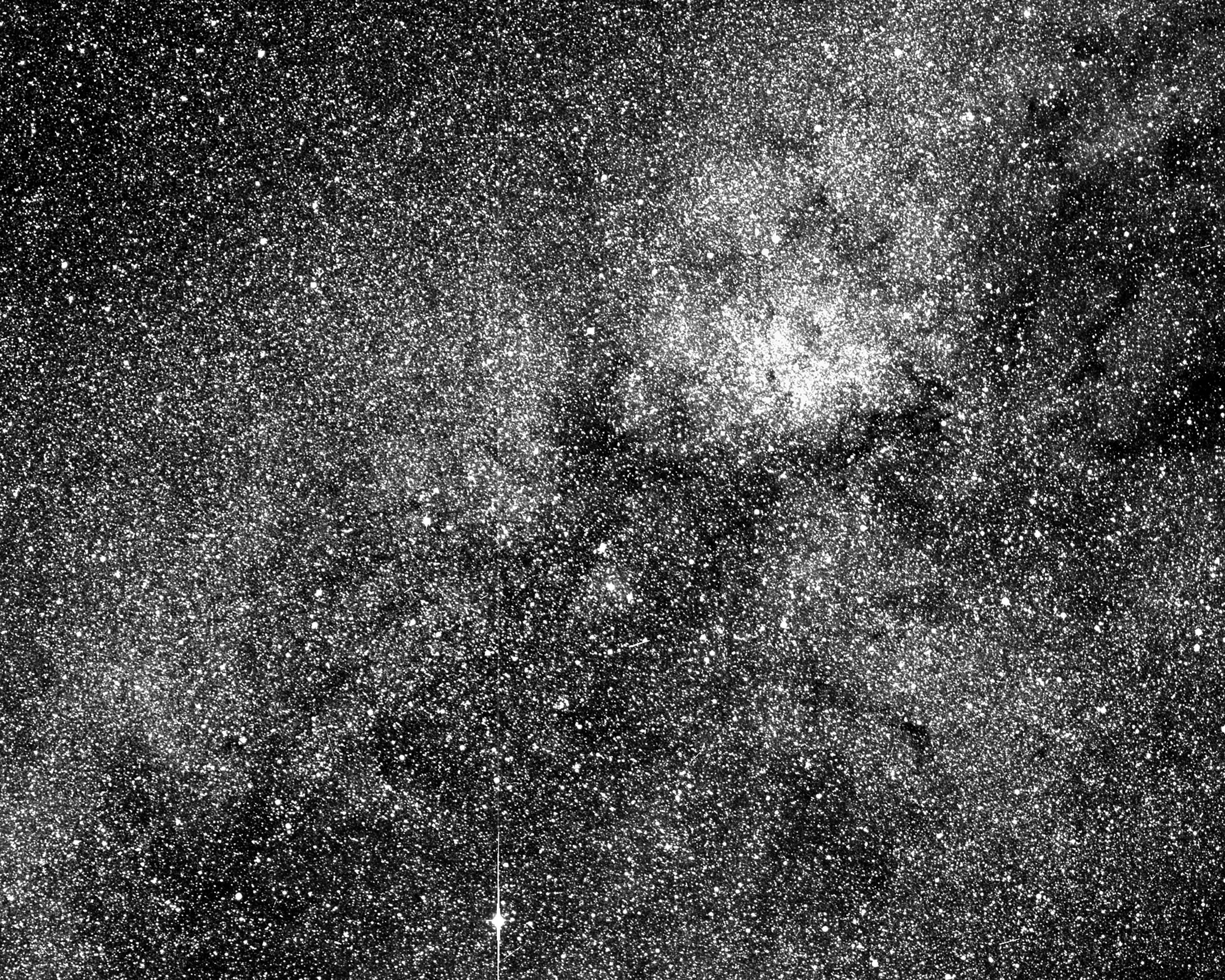Off the coast of Hawaii’s Big Island and more than 3,000 feet beneath the ocean surface lie the warm, bubbling springs of a volcano — a deep-sea location that may hold lessons for the search for extraterrestrial life.
Millions of People Need New Corneas. Now We Can 3D Print Them
Explainer: how much sleep do we need?
Why do humans have such large brains? Our study suggests ecology was the driving force
Most animals have brains in proportion to their body size – species with larger bodies often have larger brains. But the human brain is almost six times bigger than expected for our bodies. This is puzzling, as the brain is very costly – burning 20% of the body’s energy while accounting for only 4% of its mass.
Bendable concrete, with a design inspired by seashells, can make US infrastructure safer and more durable
Spring construction season is underway, and many tons of concrete will be used in the coming months. Unfortunately, concrete is a brittle material: Placed under stress, it cannot bend very far before it fractures. Some pavements that are being poured now will crack within a few years and require expensive repairs. New concrete will be mixed, and the cycle will start again
How we discovered 840 minor planets beyond Neptune – and what they can tell us
Our solar system is a tiny but wonderfully familiar corner of the vast, dark universe – we have even been able to land spacecraft on our celestial neighbours. Yet its outer reaches are still remarkably unmapped. Now we have discovered 840 small worlds in the distant and hard-to-explore region beyond Neptune. This is the largest set of discoveries ever made, increasing the number of distant objects with well known paths around the sun by 50%.
Standard Model of particle physics: The absolutely amazing theory of almost everything
As more solar and wind come onto the grid, prices go down but new questions come up
Wind and solar energy are growing rapidly in the U.S. As these energy sources become a bigger part of the electricity mix, their growth raises new questions: How do solar and wind influence energy prices? And since power plants last for decades, what should policymakers and investors think about to ensure that investments in power infrastructure pay off in the future?
Your spouse’s BMI may predict your diabetes risk
Health Check: why do we yawn and why is it contagious?
Beyond honey bees: Wild bees are also key pollinators, and some species are disappearing
InSight Steers Toward Mars
The Ant Nebula actually has intense laser emissions coming from its core
When low- to middleweight stars like our Sun approach the end of their life cycles they eventually cast off their outer layers, leaving behind a dense, white dwarf star. These outer layers became a massive cloud of dust and gas, which is characterized by bright colors and intricate patterns, known as a planetary nebula. Someday, our Sun will turn into such a nebula, one which could be viewed from light-years away.
Drilling Success: Curiosity is Collecting Mars Rocks
As the details emerge on Australia’s new space agency, we (might) finally have lift-off
Lava in Hawaii is reaching the ocean, creating new land but also corrosive acid mist
Debunking the 6 biggest myths about ‘technology addiction’
How concerned should people be about the psychological effects of screen time? Balancing technology use with other aspects of daily life seems reasonable, but there is a lot of conflicting advice about where that balance should be. Much of the discussion is framed around fighting “addiction” to technology. But to me, that resembles a moral panic, giving voice to scary claims based on weak data.
When did the lights first come on in the universe? A galaxy close to the dawn of time gives a clue
It is springtime in the Northern hemisphere. Countless buds that have been waiting patiently on the stems and branches of trees and shrubs are now blossoming into life. The cosmic equivalent of this season is the time between a few hundred million and a billion years after the Big Bang. This is when the first stars and galaxies ignited, spewing light into the dark universe.
Are mysterious fast radio bursts coming from the collapse of strange star crusts?
Fast Radio Bursts (FBRs) have fascinated astronomers ever since the first one was detected in 2007. This event was named the “Lorimer Burst” after it discoverer, Duncan Lorimer from West Virginia University. In radio astronomy, this phenomenon refers to transient radio pulses coming from distant cosmological sources, which typically last a few milliseconds on average.
NASA’s New Planet Hunter Snaps Initial Test Image, Swings by Moon Toward Final Orbit
NASA’s next planet hunter, the Transiting Exoplanet Survey Satellite (TESS), is one step closer to searching for new worlds after successfully completing a lunar flyby on May 17. The spacecraft passed about 5,000 miles from the Moon, which provided a gravity assist that helped TESS sail toward its final working orbit.



















